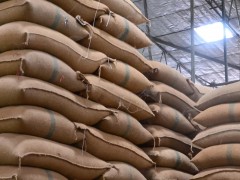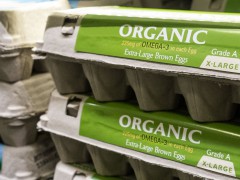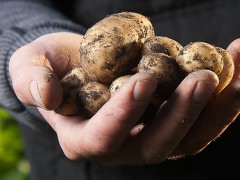Once again, The Atlantic has a very thoughtful article on local food, this time on the advent of legal backyard slaughter of livestock in Oakland, California. This article from the Oakland Tribune is as close to planning and zoning meeting minutes as I could obtain in the public domain. Together, they make for a good point/counterpoint on one community’s answer to the problem of livestock slaughter.
It is difficult to get meat processed at a federally inspected facility. There are severe processing bottlenecks all over the country. (California has very limited capacity according to these USDA maps.) The shortages hit the small, local producers the hardest. Some of my clients have to schedule their slaughterhouse appointments eight or nine months out, sometimes even before their livestock are born.
The Oakland ordinance is an imperfect solution to address the limitations of the current processing regime. This is not a practical alternative to Tyson Tender-Strips. Killing your own chickens to barter for your neighbor’s cheese wheels is a sentimental solution to a systemic inflexibility in the food system. The inflexibility is killing the local food movement.
Alternative agriculture, like local food for example, is about business development. It is about building the infrastructure needed to supply a new kind of consumer. This of course requires new facilities built on a small scale. It also requires investments in human capital and skills, like artisanal butchery.
Butchery is a skill. It takes training and experience to safely, humanely, and efficiently turn livestock into cuts of meat. It is not something you can do yourself with a hatchet in the garage.
Oakland’s new zoning laws are potentially ephemeral – an alternative food system which is created by fiat can be eliminated by fiat. If backyard slaughter turns out to be a fad or if neighbors object, in two years the ordinance can change. It is harder to be whimsical when jobs are at stake or when capital has been invested. If Oakland was serious about creating a truly local food system, it could give a tax break or a zoning variance to a small-scale local processor licensed under state law. It could create a grant for the education and training of a professional, artisanal butcher. Jobs, training, and infrastructure make changes in the food system intractable.

















